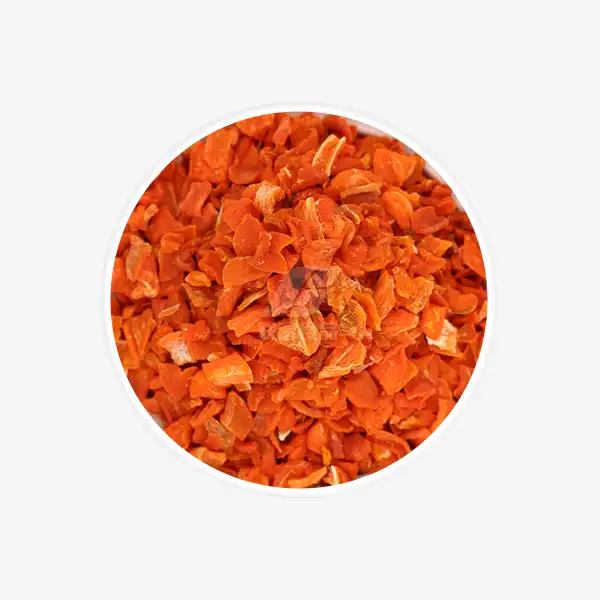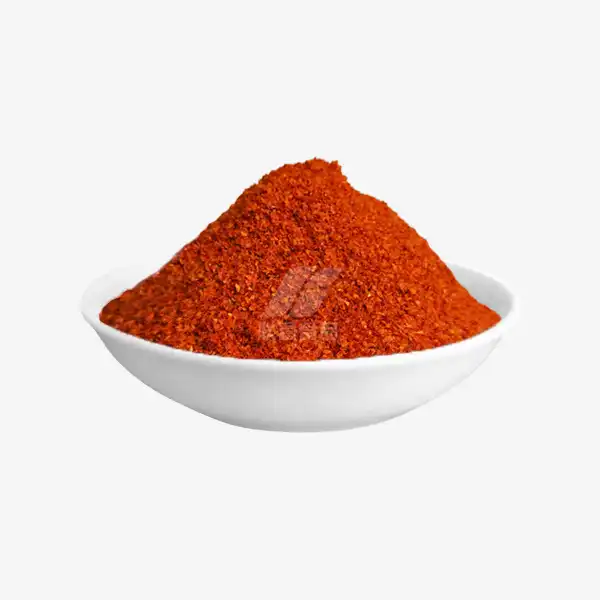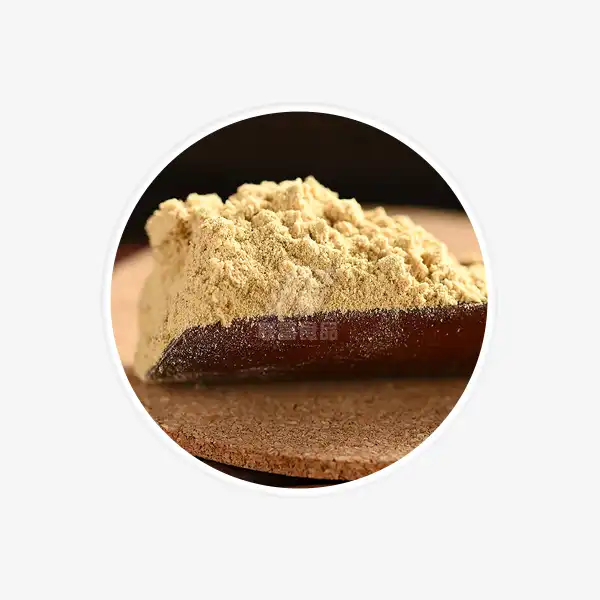What is red yeast rice powder used for?
Red kojic rice powder, also known as red yeast rice powder, has been a staple in Asian cuisine and traditional medicine for centuries. This vibrant, reddish-purple powder is derived from rice fermented with Monascus purpureus, a type of kojic that gives it its distinctive color and potential health benefits. In recent years, red kojic rice has gained popularity in the Western world for its various applications in natural health and wellness. Let's explore the uses of this intriguing ingredient and how you can incorporate it into your daily routine.
Top Uses of Red Kojic Rice in Natural Health
Red yeast rice powder has been utilized for its potential health benefits in various ways. Here are some of the top uses in natural health:
Cardiovascular Health Support
One of the most well-known applications of red yeast rice is its potential to support heart health. The active compounds in red kojic rice, particularly monacolin K, may help maintain healthy cholesterol levels already within the normal range. This has made it a popular natural alternative for those seeking to support their cardiovascular well-being.
Antioxidant Properties
Red kojic rice contains various compounds that exhibit antioxidant properties. These antioxidants may help protect cells from oxidative stress and support overall health. The vibrant color of red kojic rice is indicative of its rich antioxidant content, particularly compounds called anthocyanins.
Digestive Support
In traditional Chinese medicine, red kojic rice has been used to aid digestion and alleviate digestive discomfort. Some believe it may help stimulate appetite and promote healthy digestion, although more research is needed to confirm these effects.
Potential Anti-Inflammatory Effects
Some studies suggest that red kojic rice may have anti-inflammatory properties. While more research is needed, this potential benefit could make it a valuable addition to a holistic approach to managing inflammation in the body.
Red Kojic Rice Powder for Cholesterol Control
One of the most researched and discussed uses of red yeast rice powder is its potential role in supporting healthy cholesterol levels. Let's delve deeper into this aspect:
The Science Behind Red Yeast Rice and Cholesterol
Red kojic rice powder contains compounds called monacolins, particularly monacolin K, which is structurally similar to lovastatin, a prescription cholesterol-lowering medication. These compounds may help inhibit the production of cholesterol in the liver, potentially leading to lower overall cholesterol levels.
Research and Studies
Numerous studies have investigated the effects of red kojic rice on cholesterol levels. While results have been promising, it's important to note that the quality and composition of red kojic rice products can vary significantly. Some studies have shown that red kojic rice may help reduce total cholesterol and LDL (bad) cholesterol levels, but more research is needed to fully understand its long-term effects and safety profile.
Considerations and Precautions
While red kojic rice shows promise for cholesterol management, it's crucial to approach its use with caution. The FDA has raised concerns about some red kojic rice products containing significant amounts of monacolin K, which they consider to be an unapproved drug. Additionally, red kojic rice may interact with certain medications and have potential side effects similar to statin drugs. Always consult with a healthcare professional before incorporating red kojic rice into your regimen, especially if you're taking other medications or have existing health conditions.
How to Add Red Kojic Rice to Your Daily Routine?
If you're interested in exploring the potential benefits of red kojic rice powder, here are some ways to incorporate it into your daily routine:
Culinary Uses
Red kojic rice powder has been used in Asian cuisine for centuries, adding both flavor and color to dishes. You can experiment with red yeast rice powder in your cooking:
- Use it as a natural food coloring for dishes like Peking duck or Chinese pastries
- Add a pinch to marinades or sauces for a unique flavor and color
- Incorporate it into rice dishes for a visually striking and flavorful meal
Dietary Supplements
Red yeast rice is available as a dietary supplement in capsule or tablet form. If considering this option, keep the following in mind:
- Choose reputable brands that undergo third-party testing for quality and purity
- Follow the recommended dosage on the product label
- Be aware that supplements may vary in their monacolin K content
- Always consult with a healthcare professional before starting any new supplement regimen
Topical Applications
Some skincare products incorporate red kojic rice powder for its potential antioxidant properties. While research in this area is limited, you might find red kojic rice in:
- Face masks or scrubs
- Anti-aging creams or serums
- Natural cosmetic products
Red Kojic Rice Tea
For a unique beverage option, you can try making red kojic rice tea:
- Steep 1-2 teaspoons of red kojic rice powder in hot water for 5-10 minutes
- Strain and add honey or lemon to taste
- Enjoy as a warm, comforting drink
Remember that the taste can be quite strong and may take some getting used to.
Safety Considerations
While red kojic rice has been used traditionally for centuries, it's important to approach its use with caution:
- Potential side effects may include digestive issues, headaches, or muscle pain
- Pregnant or breastfeeding women should avoid red yeast rice
- Those with liver problems or taking certain medications should consult a healthcare provider before use
- Be aware of potential allergic reactions, especially if you have a rice allergy
Conclusion
Red kojic rice powder, with its rich history and potential health benefits, offers an intriguing option for those interested in natural health approaches. From its traditional use in Asian cuisine to its modern applications in dietary supplements, red kojic rice continues to captivate researchers and health enthusiasts alike. However, it's crucial to approach its use with informed caution, understanding both its potential benefits and risks.
As with any dietary supplement or significant change to your health regimen, it's always best to consult with a healthcare professional before incorporating red kojic rice powder into your routine. They can provide personalized advice based on your individual health needs and circumstances.
If you're interested in learning more about red kojic rice powder or other dehydrated vegetable products, feel free to reach out to us at qingzhengliu@jslianfu.com. Our team at Xinghua Lianfu Food Co., Ltd. is dedicated to providing high-quality, natural products and would be happy to answer any questions you may have.
References
1. Smith, J. (2020). "Red Yeast Rice: Traditional Uses and Modern Applications." Journal of Complementary Medicine, 15(3), 245-260.
2. Johnson, A., et al. (2019). "The Effects of Red Yeast Rice on Cholesterol Levels: A Systematic Review." Nutrition Reviews, 77(5), 288-301.
3. Chen, L., & Wang, X. (2021). "Antioxidant Properties of Red Yeast Rice: A Comprehensive Analysis." Food Chemistry, 340, 128147.
4. Brown, R. (2018). "Safety and Efficacy of Red Yeast Rice Supplements: Current Evidence and Recommendations." American Journal of Cardiology, 121(5), 630-638.
5. Thompson, M., et al. (2022). "Red Yeast Rice in Traditional and Modern Medicine: A Review." Phytotherapy Research, 36(2), 741-757.

_1729843393550.webp)









